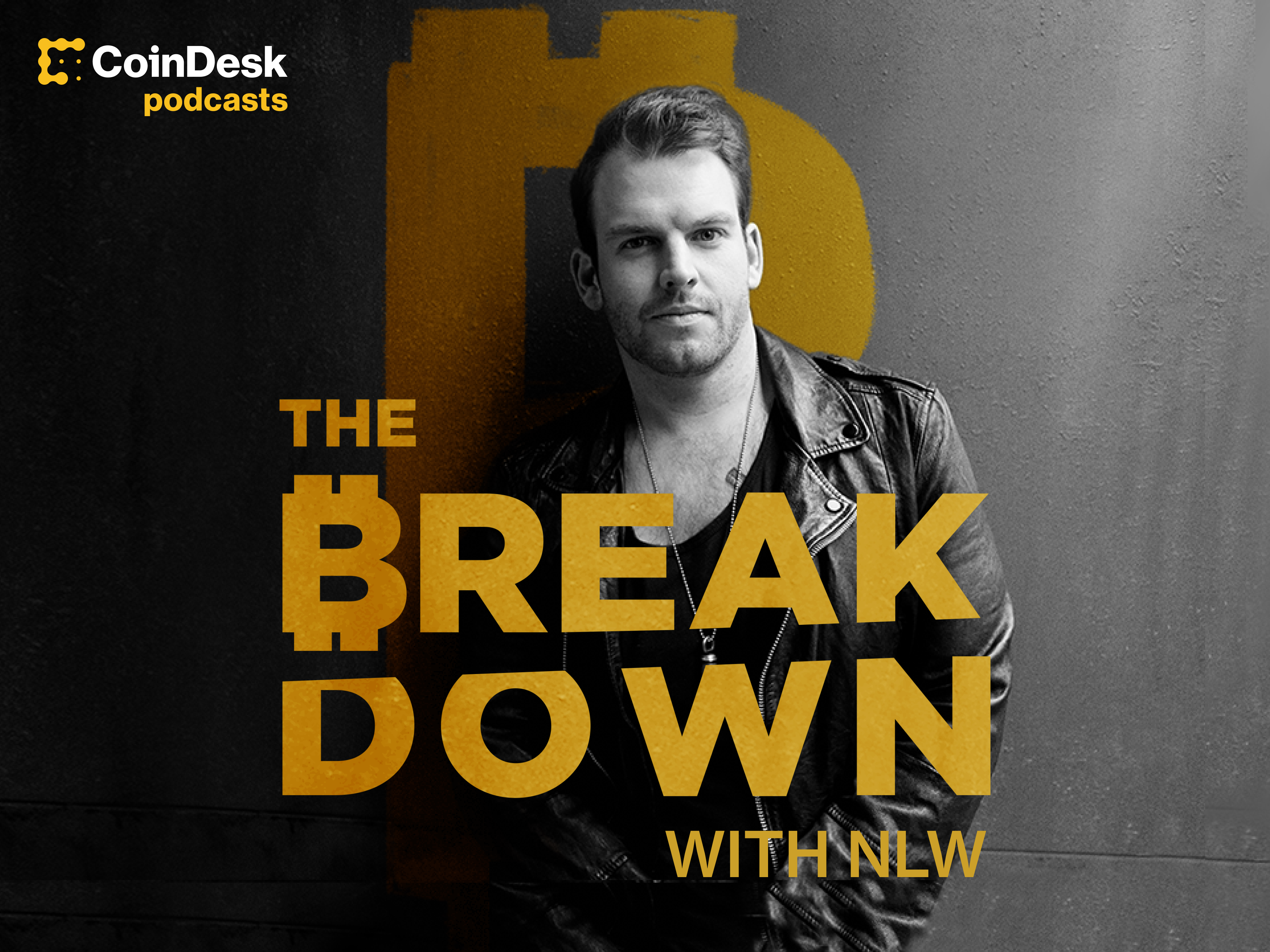A reading from a financial history expert.
This episode is sponsored by Nexo.io and Bitstamp.
On this week’s Long Reads Sunday, NLW reads “How the Civil War Shapes the Future of Stablecoins” by Franklin Noll, and discusses the recent debates around stablecoins and CBDCs.
Image credit: lawcain/iStock/Getty Images Plus
Transcript
What's going on guys? It is Sunday, June 20, and that means it's time for Long Reads Sunday. First of all, however, Happy Father's Day to all the Bitcoin dads out there, I hope you were celebrating with your loved ones close. Anyway, for a fun Father's Day Long Read Sunday I want to read a piece called "How the Civil War Shapes the Future of Stablecoins." It's by Franklin Noll who is a historian of money. And I think it's particularly relevant in a week where we had a huge debate on a national public stage at the house hearing on a digital dollar. The question of stablecoins and decentralized money versus centralized money is one of the key conversations of the next decade. So, let's go back in history to see how we've wrestled with that in the past.
“How the Civil War Shapes the Future of Stablecoins”
Let's hold aside this piece itself, I think it's very cool to have that history and I appreciate Franklin's writing. What I'm more interested in is that there is this very central issue that has much more to do with what stablecoins envision themselves to be and how the U.S. wants to perpetuate its monopoly on money.
This is not any more a theoretical issue. Really, I believe that since the introduction of Libra by Facebook, it hasn't been a theoretical issue. It's been a very real issue. Since the moment that was announced, governments around the world who had previously had no concerns about their monopoly on money, all of a sudden did and what it brought up is questions about what the money of the future looks like. Certainly, it seems insane to think that it would simply be the same sort of bills and coins, physical remnants of a physical era that we've had for so long. Inevitably it seemed it would be a natively digital money but, then again, what does that mean?
These are the types of questions that set off the last two years of exploration of governments around the world around central bank digital currencies around digital currencies in general. Meanwhile, as that has all been happening, stablecoins have grown into a $100 billion asset. Used day in, day out by traders across jurisdictions for varieties of functions, for the convenience, ease, effortlessness they afford. Now, to talk to someone like Jeremy Allaire from Circle, there is no inherent contradiction between a U.S. denominated stablecoin and the U.S. dollar itself, especially a new digital dollar. In fact, I believe that many of these companies see themselves ultimately as trying to build the rails for an eventual digital dollar system. But they're also coming into the legacy of the shadow banking and eurodollar system, where trillions of dollar equivalents float around the market without any oversight or control by the U.S. government. Indeed, it is this shadow banking and eurodollar system that has people like Jeff Snyder laughing at our memes like "Money Printer Go Brr," because they assume that the U.S. government can actually control the money supply, when in his estimation, and people who agree with him, it can't. The eurodollar system is simply too propagate, too huge, to actually have Fed policy have much of an impact on the dollar at all. Stablecoins are an interesting new X-factor in that, but I think that what's clear is one, stablecoins have found product market fit in the crypto industry. They are essential and integral to a huge number of functions, and they are preferred by basically any trader who has used them versus any traditional alternative. It seems absolutely impossible to me that traditional finance traders won't similarly find the benefits of these natively digital systems. But two, the second thing that's clear is that the regulatory conversation around stablecoins is just beginning. The stable act, Brian Brooks last minute changes at the OCC, these were opening salvos of a much bigger battle. I feel reasonably confident that the biggest questions, considerations and challenges that the larger crypto industry has vis-à-vis the U.S. government in the years to come, are likely to be about stablecoins first, not about Bitcoin.
Like everything, all of this comes back to, how does the U.S. imagine the U.S.-led World Order of the next 50 years, not the last 50 years? Some would argue that the lack of an answer to that question more than any one answer that we don't like, has been a contributor to why there's been so much economic chaos over the last few decades. Either way, it is a fascinating time to live in. There is deep history as you could tell from this LRS that goes into it, and I am excited and thrilled to continue to see these developments as they happen. You are living in a historical moment and I hope you enjoy and appreciate that. Until tomorrow guys, be safe and take care of each other. Peace!










